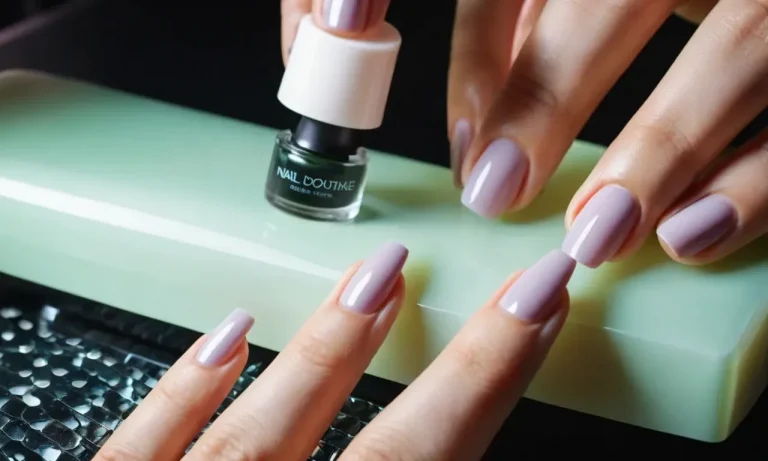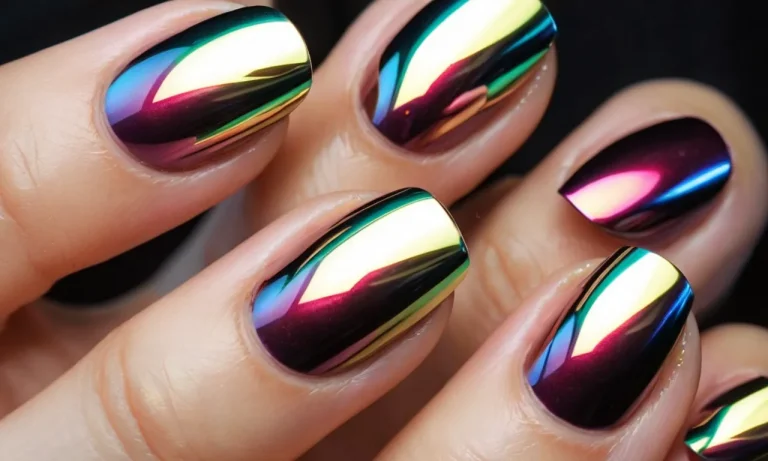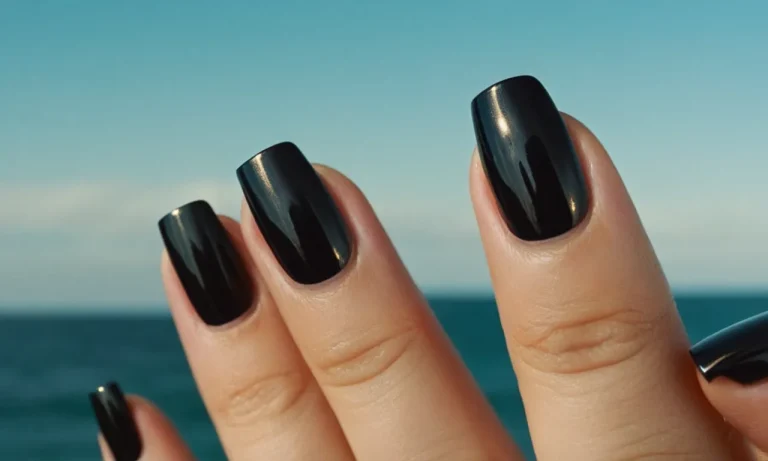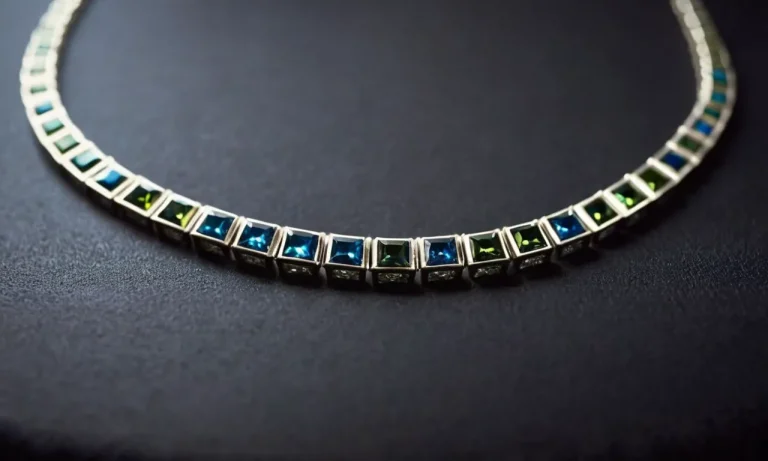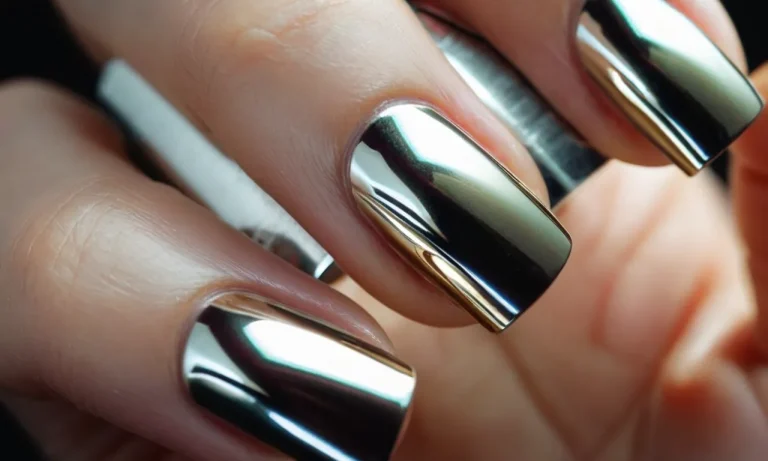How To Stop Biting The Skin Around Your Nails
Nail biting and picking is a common bad habit, but it can lead to infections, ugly scars, and chronic skin conditions around your nails. If you want attractive hands free of sore, red skin then you need to break this habit.
If you’re short on time, here’s a quick answer: Apply bitter nail polish, get regular manicures, keep nails trimmed short, and find other ways to manage stress and anxiety rather than biting.
Understanding Why You Bite the Skin Around Your Nails
Common Triggers for Skin Biting
Nail biting and skin picking around the nails is a common body-focused repetitive behavior. Several triggers may cause someone to start picking or biting the skin around their nails, including:
- Feeling anxious, stressed, or bored
- Having dry or damaged skin that feels tempting to pick at
- Having an oral habit and needing sensory stimulation
- Feeling perfectionistic and trying to “smooth” the skin
Skin picking around the nails tends to be habitual and automatic. Someone may start picking without even realizing it at first. Identifying your personal triggers can help you understand why you engage in this behavior.
Social and Emotional Consequences
While skin picking and nail biting may seem harmless, the consequences can negatively impact mental health and daily life. Some common effects include:
- Feeling embarrassed or ashamed about the appearance of fingers
- Avoiding activities like swimming or handshakes to hide skin damage
- Experiencing frustration, self-criticism, or lower self-esteem
- Having impaired focus or productivity at school or work
A 2017 study found that 45% of skin pickers experienced clinical anxiety or depression. Seeking treatment can help improve appearance and self-confidence.
Tips to Stop Biting Skin Around Nails
Use a Bitter Anti-Bite Nail Polish
Applying a bitter tasting anti-bite nail polish can help deter you from putting your fingers in your mouth. The bad taste serves as an unpleasant reminder to stop biting. Look for polishes containing denatonium benzoate, a non-toxic but incredibly bitter compound.
Many pharmacies and beauty supply stores sell anti-bite polishes. Using one regularly can help break the habitual biting.
Get Regular Manicures
Treating yourself to professional manicures is a relaxing way to help improve the appearance of your fingers and discourage biting. Getting polished nails draws more attention to your hands, making you less likely to bite.
The polish also serves as a barrier, preventing your teeth from easily tearing the skin. Ask your manicurist to massage your fingers and hands during the process, as this is soothing and reduces tension. Going every 2-3 weeks can help until the urge lessens.
Keep Nails Trimmed Short
When you have less of an “edge” to bite or pick at, the urge tends to decrease. Use nail clippers or an emery board to keep your nails neatly trimmed across. Resist the temptation to snip them down to the quick, as this can cause painful hangnails.
Trim them reasonably short, and then file the edges smooth. Keeping nails looking tidy helps deter mindless chomping. You may want to carry a nail file with you to smooth rough edges if they occur.
Identify and Manage Stressors
Skin biting around nails is often an unconscious habit, but can worsen during times of stress or anxiety. Try keeping a journal to identify your common stressors and triggering situations. Finding healthy ways to manage stress can reduce the urge to bite.
Going for a walk, calling a friend, practicing deep breathing, doing yoga, or listening to music are all simple ways to decompress. If excessive stress is an ongoing issue, consider speaking to a counselor or therapist for support.
Find Other Outlets for Oral Fixation
Consider carrying tangible items to occupy your hands and satisfy the need to put something in your mouth. Stress balls, fidget spinners, gum, or even a toothpick can divert oral fixations safely. Sucking on hard candy or mints can also curb the urge to bite your skin.
Identify alternative behaviors to use when you catch yourself mindlessly biting. If your go-to is biting when bored, find activities to keep your hands busy, like a craft project or playing an instrument.
Treating Damaged Skin to Avoid Infection
Keep Hands Moisturized
Keeping your hands moisturized can help repair damaged skin and prevent further biting and picking. Choose a thick, fragrance-free moisturizer and apply it liberally after washing your hands. Reapply often, especially after washing.
Ingredients like ceramides, glycerin, and dimethicone help seal in moisture.
Use Antibacterial Ointment
Dabbing antibacterial ointment on open wounds around your nails can prevent infection and help them heal faster. Look for ointments with ingredients like bacitracin, neomycin, or polymyxin B. Be sure to wash the area first. Change the bandage and apply fresh ointment at least once a day.
Cover with Bandages
Protecting damaged skin with bandages or adhesive bandages can prevent further biting and picking at it. Make sure to wash and dry the area thoroughly before applying a sterile dressing. Change it daily and check for signs of infection like redness, swelling, oozing, or foul odor.
Waterproof bandages stay on better if you’ll have your hands in water.
Seeking Additional Treatments for Chronic Skin Picking
Cognitive Behavioral Therapy (CBT)
CBT is a type of talk therapy that can help people identify and change negative thought patterns that contribute to chronic skin picking. It teaches coping strategies like identifying triggers, logging skin picking urges, and replacing skin picking with healthy alternatives like squeezing a stress ball.
Multiple studies have found CBT effective for reducing skin picking. In one 2017 study, 74% of skin picking participants who tried CBT saw a significant improvement.
Medications
Certain medications may curb skin picking urges or treat underlying factors driving the behavior. Antidepressants like selective serotonin reuptake inhibitors (SSRIs) can regulate emotional symptoms and cravings.
Dermatologists may prescribe medications that reduce inflammation and skin irritation, eliminating triggers to pick. While research on medications for skin picking is limited, some find them helpful alongside therapy. Discuss options with a doctor knowledgeable about skin picking disorder.
Biofeedback
Biofeedback utilizes electronic sensors to measure bodily functions like heart rate, then provides real-time feedback through sounds, graphs, etc. This awareness can teach individuals to control stress responses driving skin picking urges.
Though minimal research exists, a 2004 study found that biofeedback helped 8 participants achieve an 88% average decrease in skin picking. More research is needed, but biofeedback offers promise for increasing bodily awareness and self-regulation skills.
Hypnosis
Hypnosis guides individuals into a deeply relaxed, trance-like state where they become highly responsive to hypnotherapists’ guided imagery and suggestions. This state enhances focus and learning to change behaviors and thought patterns.
Though quality research is lacking, small studies report reduced skin picking cravings and symptoms post-hypnosis. It may strengthen self-control and stress management when combined with other therapies.
But more evidence is needed to recommend hypnosis as an effective standalone skin picking treatment.
Conclusion
Skin picking around the nails is a common problem but help is available. With consistent effort to identify your triggers, actively manage stress, and protect your skin during the recovery process, you can break this habit for good.
Within time your skin will heal and you’ll have attractive hands you can be confident about.


